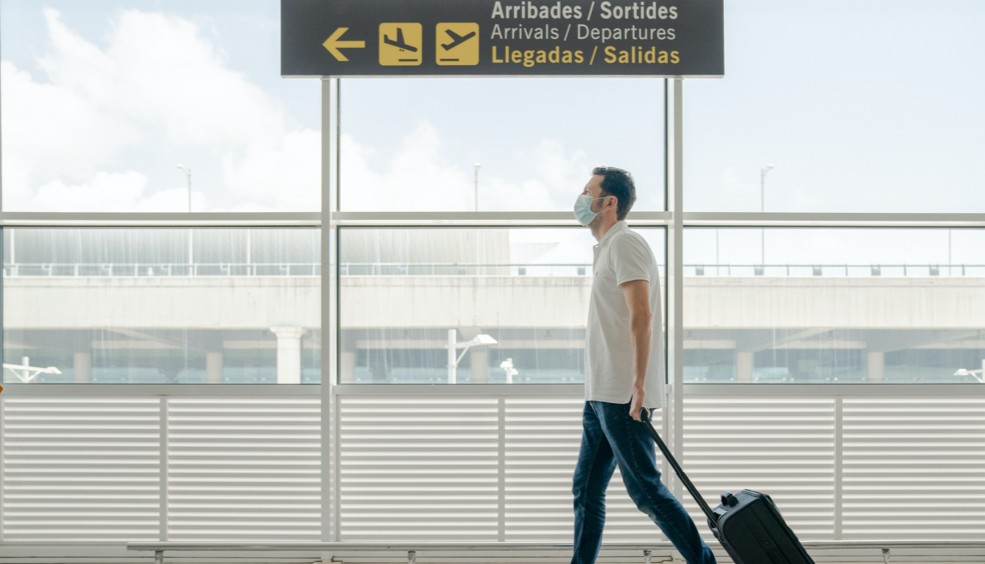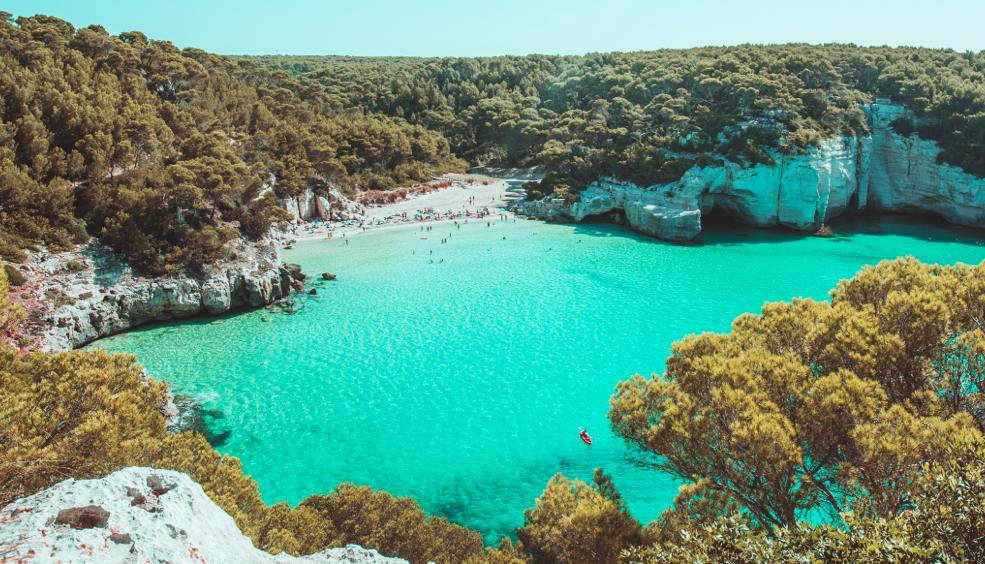Is flying safe in the coronavirus era?
According to a study conducted by the International Air Transport Association (IATA), the answer is clear: YES, IT IS! They base their conclusions mainly on the low number of in-flight coronavirus transmission cases detected (44 cases in the whole of 2020 out of a total of 1.2 billion passengers, most of them occurring before face masks were compulsory). We’re going to tell you why these figures are so low.
more infoDenmark: In search of hygge
A study by the United Nations revealed that Denmark is one of the happiest countries in the world, and it seems it all has to do with something called hygge, which is a term that doesn't even translate into other languages.
Hygge, pronounced "hoo-gah", is the art of knowing how to enjoy the simple things in life, feeling cosy and peaceful, sharing a meal with loved ones, or staying at home snuggled up on the sofa watching your favourite TV show. In a country where it's cold almost all year round and the days are quite short, a positive way of looking at life has emerged, to help people appreciate the little things in life.
If you want to be imbued with the hygge spirit, you have to visit Denmark:
Discover Kiev, host city of the 2018 Champions League Final
The Champions League Final will take place in Kiev on 26 May. It is the first time it will be held in the Ukraine and the second time it is hosted by an Eastern European country, after the 2008 final in Moscow.
Ukraine is not a touristy country and not many people know it well, so this event will give us the chance to learn a bit more about its history and discover the sights in the capital (there are quite a few!). We would like to propose a weekend break in Kiev, a city full of monuments, markets, churches, and, of course, football!
6 perfect destinations for September
Round off your summer with a getaway! Travelling in September is cheaper, and cities are less crowded. What could be better than a trip to recharge your batteries before getting back into the routine?
more info




